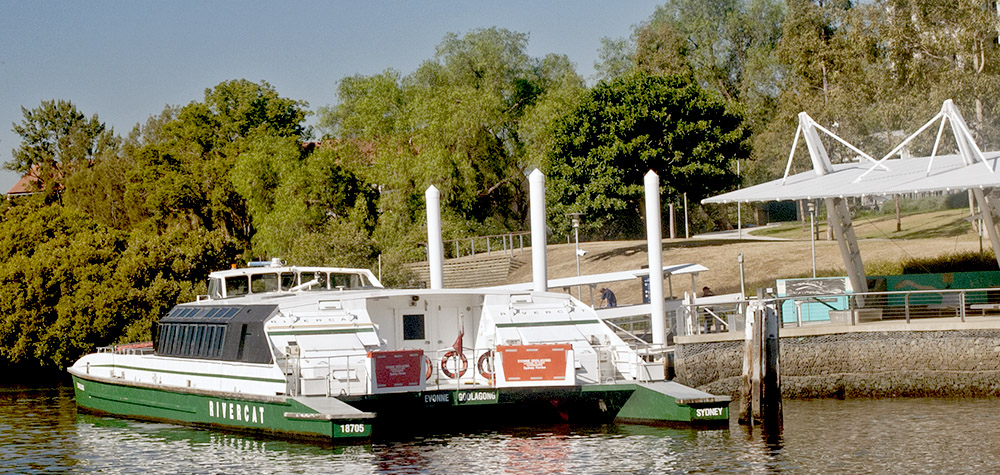
|
Sydney Day 2 & 3
| Australia Map | Home | Page 3 of 5 | Page Up | Page Down |
River Cat Evonne Goolagong
 |
|
|
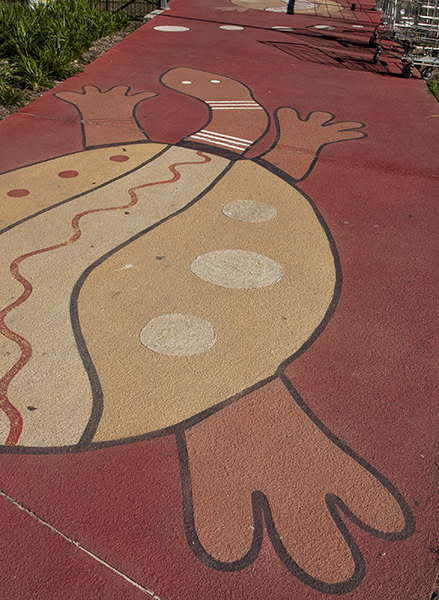 |
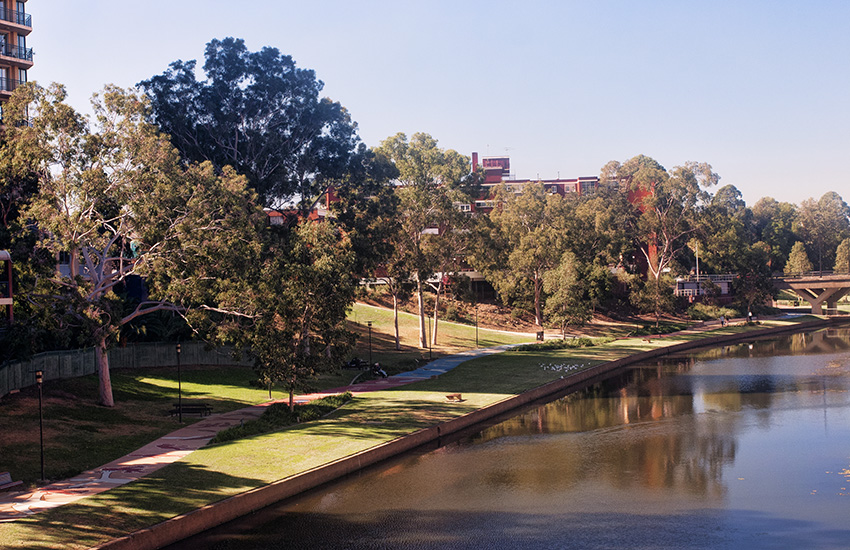 Learning Aboriginal history through art, we would have needed a whole day to do it justice. Artwork by Jamie Eastwood a young artist descended from the Ngemba people of NSW |
|
Cockle Bay Wharf - Darling Harbour From the Aboriginals who collected shell fish here and named it Tumbalong. To the convicts who made the bricks |
|
|
|
|
Darling Harbour
|
|
|
|
|
The Millennium Logo 2000 Sydney Olympics |
'Darling Harbour Woodward Water Feature'
The only uninspiring thing about this is it's name, |
|
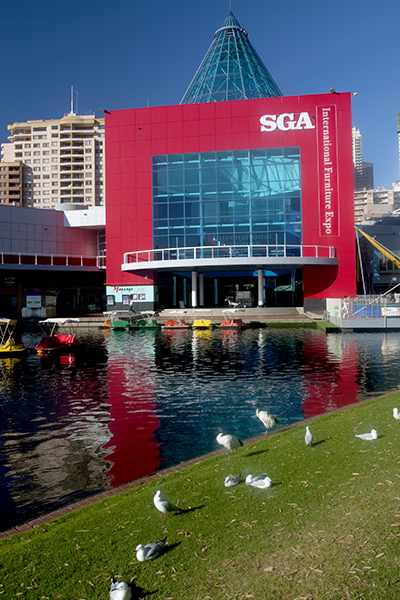 |
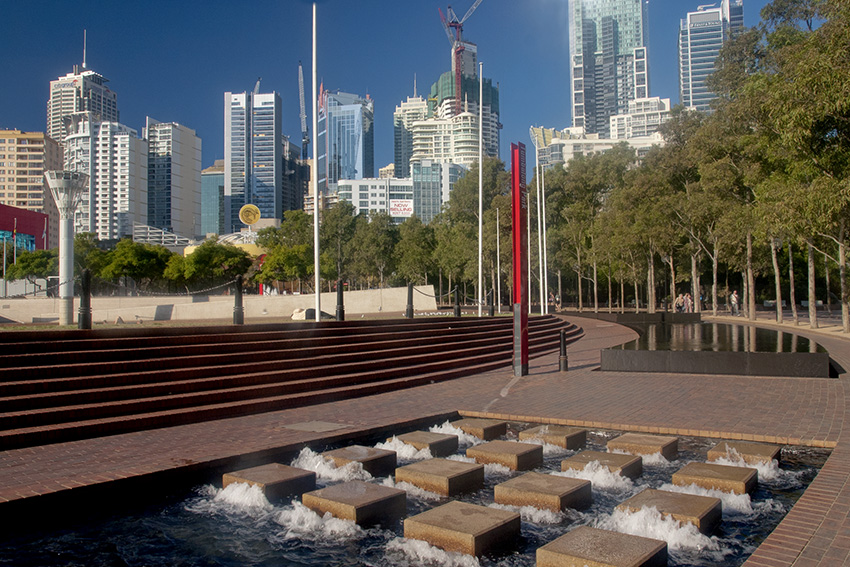 Tumbalong Park |
|
'The Dancing Brolgas' - native Australian crane - created byTerrance Plowright in 1998.
|
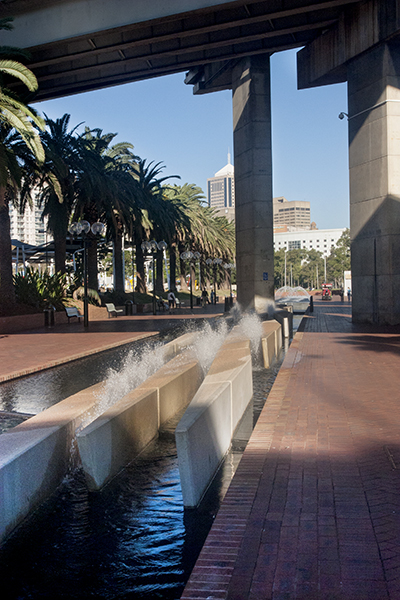 |
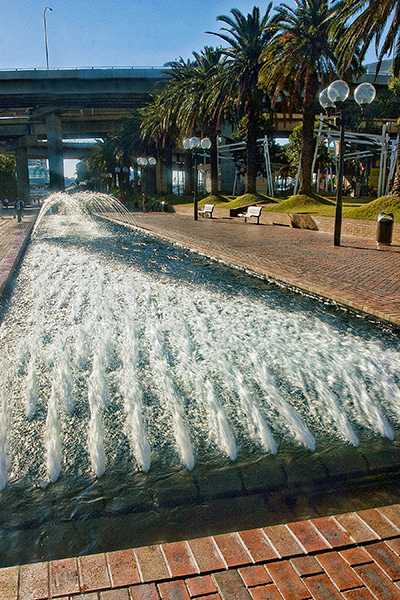 |
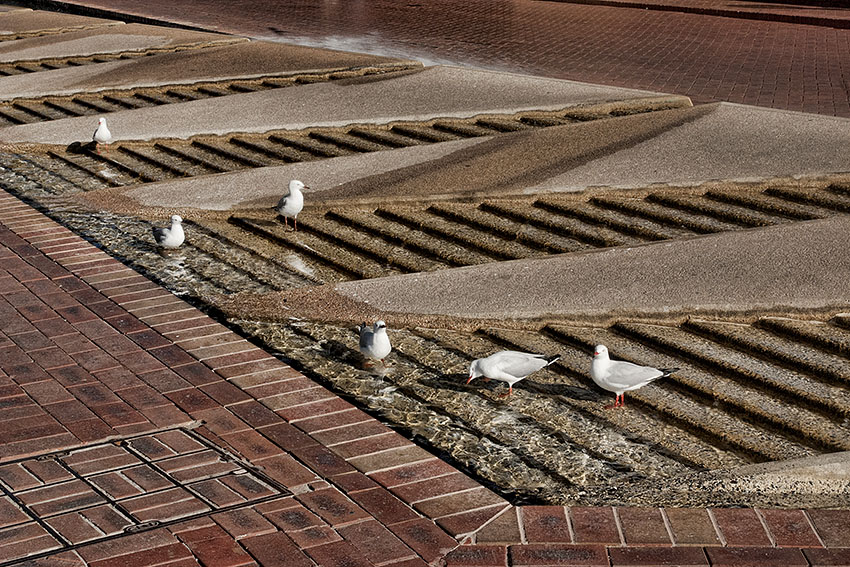 |
|
.jpg) |
.jpg) |
Maritime Museum and the Welcome Wall
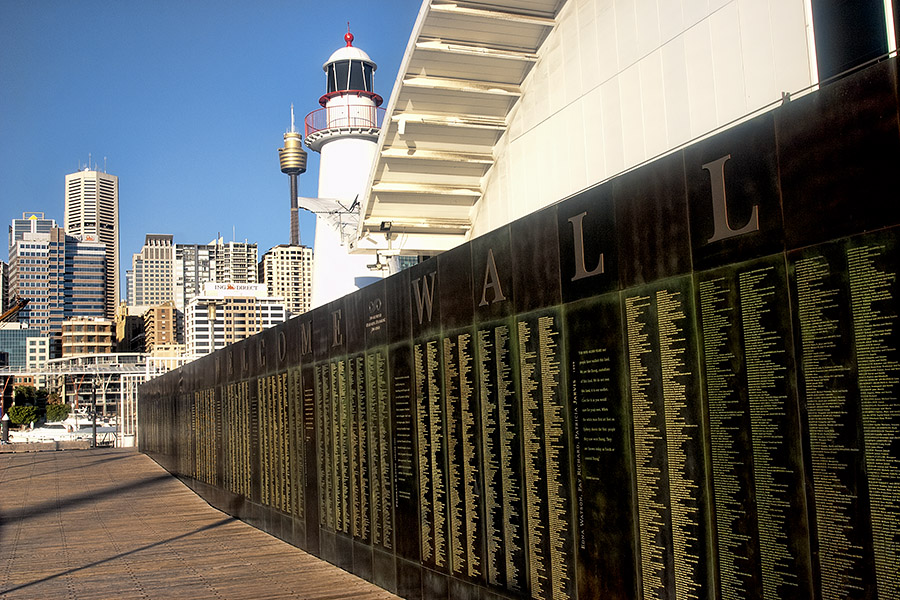 |
|
|
Replica of Captain Cooks Endeavour
|
Onboard Endeavour
|
|
| Carved Sailor
Endeavour
|
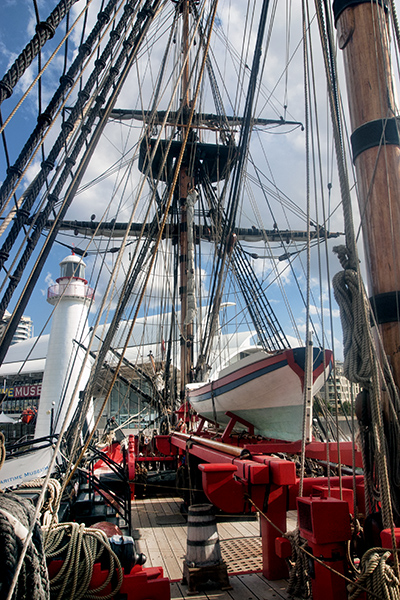 Life After Cook |
Engine room HMAS Submarine Onslow
|
|
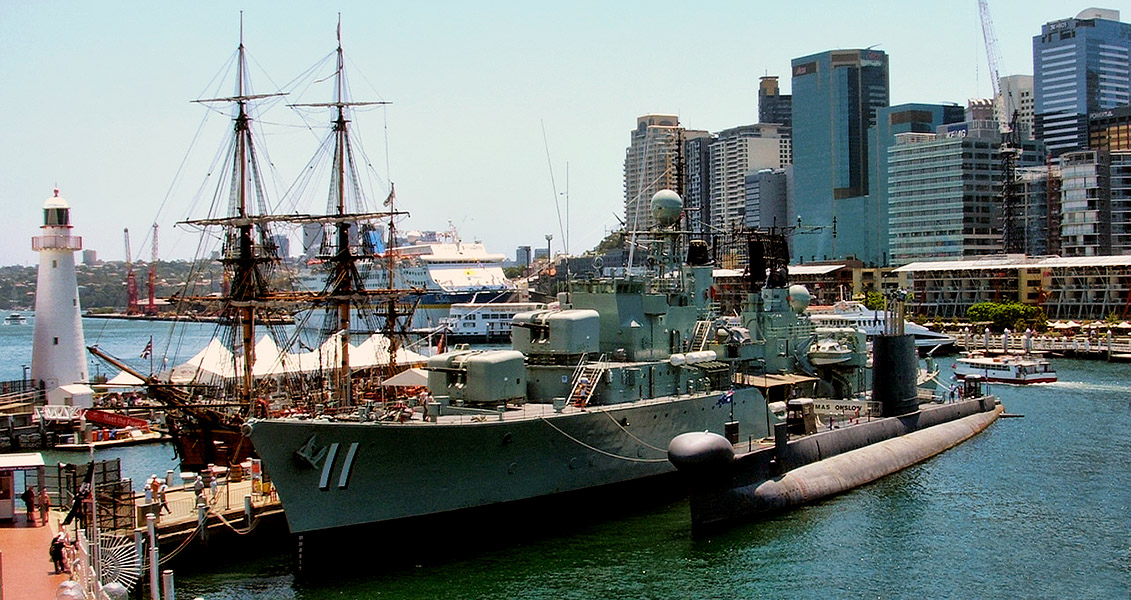
Having failed to take a photo of HMAS Submarine Onslow and HMAS Destroyer Vampire I am happy to have found this image by Saberwyn
CC BY-SA 3.0, https://commons.wikimedia.org/w/index.php?curid=7390536
| Australia Map | Home | Page 3 of 5 | Page Up | Page Down |